Deck & Commander Strategies
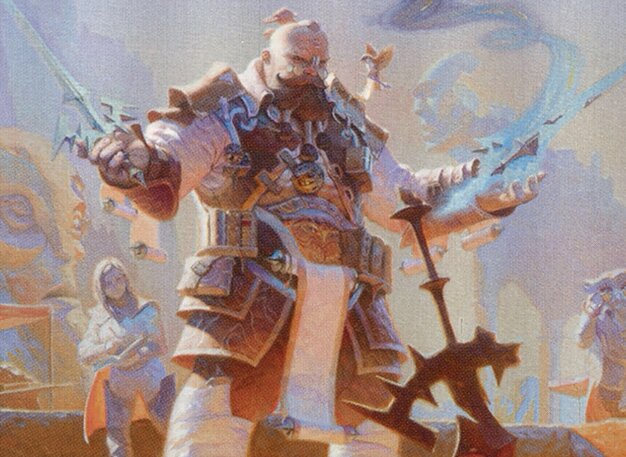
Osgir, the Reconstructor
Leverages artifact synergies and recursion to maintain board presence, focusing on returning artifacts to the battlefield to generate incremental value and control the pace of the game.
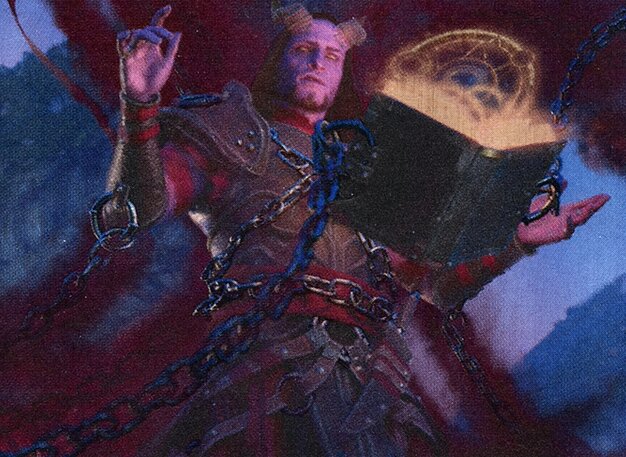
Prosper, Tome-Bound
Uses exile and treasure token generation to ramp quickly into casting large, impactful spells, aiming to overwhelm opponents with explosive plays fueled by generated resources.
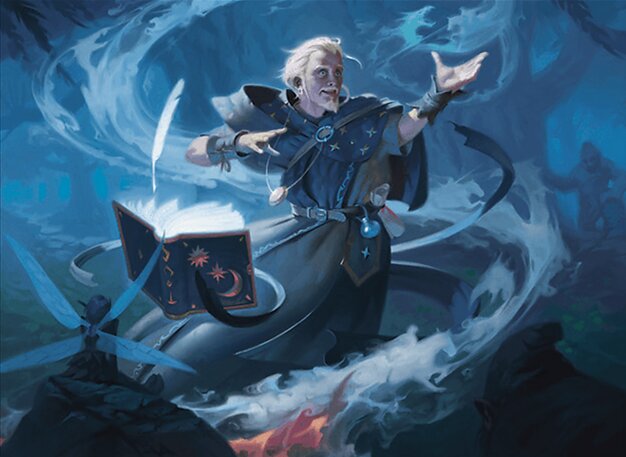
Chulane, Teller of Tales
Focuses on casting creatures to draw cards and gain life, building a resilient board state that can outlast opponents through incremental advantages and synergy with life gain and card draw mechanics.
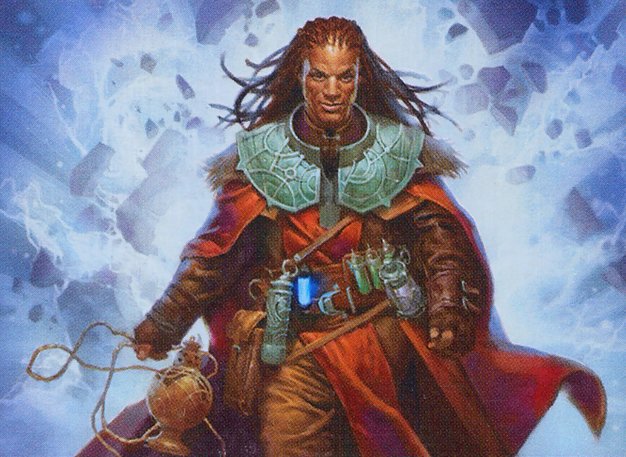
Sevinne, the Chronoclasm
Centers on graveyard recursion and spell copying to repeatedly cast spells from the graveyard, creating continuous value and threatening combos that disrupt opponents’ strategies.
Gameplay Insights
- 1
Sevinne’s ability to copy spells from the graveyard allowed for powerful repeated value that pressured opponents to manage their graveyards carefully.
- 2
Chulane’s use of life gain combined with card draw engines proved effective in maintaining resources and board presence in a multiplayer environment.
- 3
Prosper’s treasure token generation enabled casting high-cost spells earlier than normal, threatening to shift the game’s tempo rapidly.
- 4
Osgir’s artifact recursion synergized well with the group dynamic, providing steady incremental advantage and resilience against removal.
Notable Cards
-
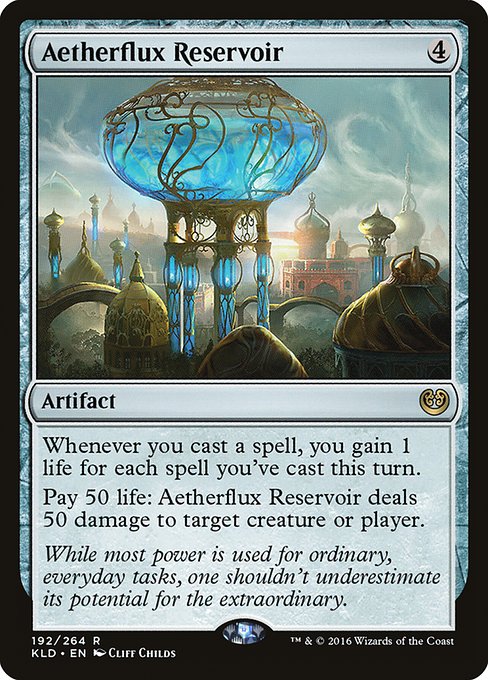
Aetherflux Reservoir
-

Evolving Wilds
-

Command Tower
-

Alibou, Ancient Witness
Gameplay Summary
The game featured four players piloting distinct commanders: Osgir, the Reconstructor; Prosper, Tome-Bound; Chulane, Teller of Tales; and Sevinne, the Chronoclasm.
Matthew Lillard, a newcomer to Commander, played Osgir, focusing on artifact-based synergies and recursion.
Prosper’s player utilized the deck’s treasure generation and exile mechanics to ramp into large spells.
Chulane's deck aimed to leverage creature-based ramp and card draw to build a strong board presence while gaining life, and Sevinne’s deck centered around graveyard recursion and spell copying. Early turns involved mana ramp and setup plays, with players developing their boards cautiously.
Key moments included Sevinne’s ability to repeatedly cast spells from the graveyard, creating value and threatening combos.
Chulane’s life gain and card draw engine allowed for sustained pressure and resilience against board wipes.
Prosper’s treasure tokens fueled explosive casting of high-impact spells.
Osgir contributed artifact recursion that synergized well with the group’s overall tempo.
The game’s tension revolved around managing graveyard interactions and maintaining board control, with players aiming to out-value opponents through incremental advantages.
Although the video cuts off early in gameplay, the strategic themes and interactions set the stage for a dynamic multiplayer game focused on synergy and resource management.




























![Commander VS: Commander 2019 Decks from MagicFest Las Vegas! [EDH] thumbnail](https://i.ytimg.com/vi/hAnTUfTMWBU/sddefault.jpg)
![Commander VS S16E8: Kadena VS Sevinne VS Ghired VS Anje [EDH] thumbnail](https://i.ytimg.com/vi/L9vIqyIu0dk/sddefault.jpg)



















![Commander VS: Ghoulcaller Gisa VS Torbran VS Chulane VS Sisay [From SCGCON] thumbnail](https://i.ytimg.com/vi/D0eveMMHDz0/sddefault.jpg)
![Commander VS S17E3: Korvold VS Alela VS Chulane VS Syr Gwyn [Brawl] thumbnail](https://i.ytimg.com/vi/Pa8JzkN1leY/sddefault.jpg)



